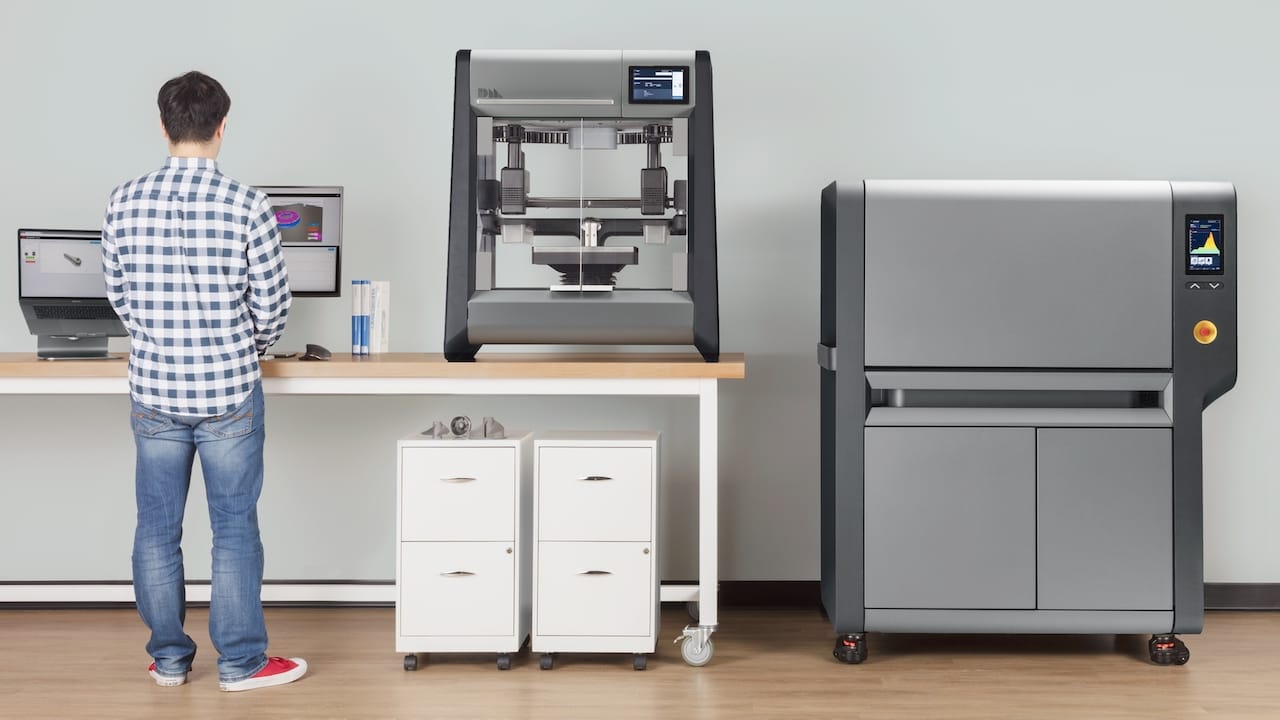On or about today, future 3D print historians may mark the moment as a critical shift in usage of the expanding technology.
Why so? It’s the day when Desktop Metal has begun shipping their Studio system to initial clients. The company announced they’ve shipped a Studio system to Google’s Advanced Technology and Products Group, as part of their “Pioneer” customers program. (I suspect that may be something akin to a “Beta” program?) They say:
Among the inaugural Pioneer customers in the program, companies span six industries – heavy machinery, consumer electronics, automotive, service bureaus, machine shops and government & education. Benchmark parts range from tooling, prototyping and jigs & fixtures, to end-use parts for functional applications.
Ok, you’re skeptical. You think this is overly favorable towards Desktop Metal. Maybe you’re right, but hear me out.
While 3D metal printing options have been available for many years now, they have proven quite expensive due to the nature of the powder-bed high-energy process used by most of the traditional players. That and the necessary extra hardware and environmental required to operate these systems.
As a consequence of this high cost, the usage of 3D metal printing has been largely confined to industries accustomed to high part prices, such as aerospace, medical and some automotive areas.
While these industries are rightly pursuing these technologies, the price levels have left almost everyone else out of the loop on 3D metal printing. Lesser industries simply can’t make the business case to use the technology to explore new approaches.
But that’s all about to change.
Desktop Metal is one of the first of a new wave of 3D metal printing technologies that are much lower cost. Now before I go further, I should say that there is nothing wrong with the traditional 3D metal printing technologies, they are very appropriate – and certifiable – for use in those major industries. It’s the other industries that I’m concerned with here.
And it’s not just Desktop Metal. There are a number of other companies developing low-cost 3D metal printing solutions, such as Markforged, XJET and others. Even HP may come up with a metal system, as they’ve recently announced.
These new processes are less expensive, meaning many more industries should be able to make the case for using it. We should see a wide array of businesses take on the technology and produce unusual solutions that fit into their market niches. However, it’s not likely these parts would be certifiable in aerospace or medical industries. But that’s ok because there are hundreds of other industries that don’t require such extensive certifications.
These will be the buyers of the new, lower cost systems and one can only speculate on what usage concepts they will develop and how they will change the world.
Via Desktop Metal


